Creating a cat-friendly routine is not just about making sure your feline friend is fed and groomed. It’s about fostering a bond that encourages affection and mutual respect. Cats might seem aloof, but with the right approach, they can become your most affectionate companions. Understanding their behavior and needs is the first step toward building a loving relationship.
Understanding Your Cat’s Natural Behavior
Cats are instinctual creatures with behaviors deeply rooted in their wild ancestry. They are natural hunters, which means they are alert and cautious by nature. Understanding this can help you create a routine that aligns with their instincts. Observe when they are most active; typically, cats are crepuscular, meaning they are most active during dawn and dusk. This knowledge can help you schedule playtime and feeding during these peak activity times, making your cat feel more in tune with their natural behavior.
Establish a Consistent Feeding Schedule

Feeding your cat at the same times every day can significantly improve your relationship. Cats thrive on routine, and knowing when to expect their meals can make them feel secure and loved. This doesn’t just apply to the times but also to the quality of food. Providing a balanced diet that meets their nutritional needs is crucial. Consider incorporating some variety to keep mealtimes interesting but avoid abrupt changes that might upset their stomachs.
Interactive Playtime is Essential
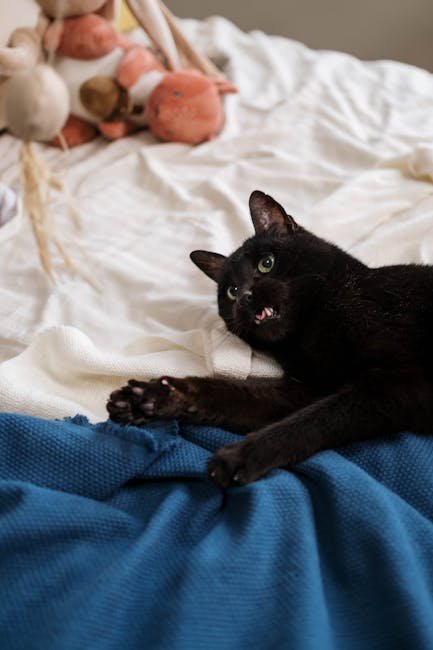
Engaging your cat in play is a fantastic way to bond. Use toys that mimic their natural prey, like feather wands or small balls. This not only satisfies their hunting instincts but also helps reduce stress and boredom. Regular play sessions help build trust and affection as your cat begins to associate you with fun and excitement. Aim for at least two play sessions a day to keep them stimulated and happy.
Create a Safe and Comfortable Environment
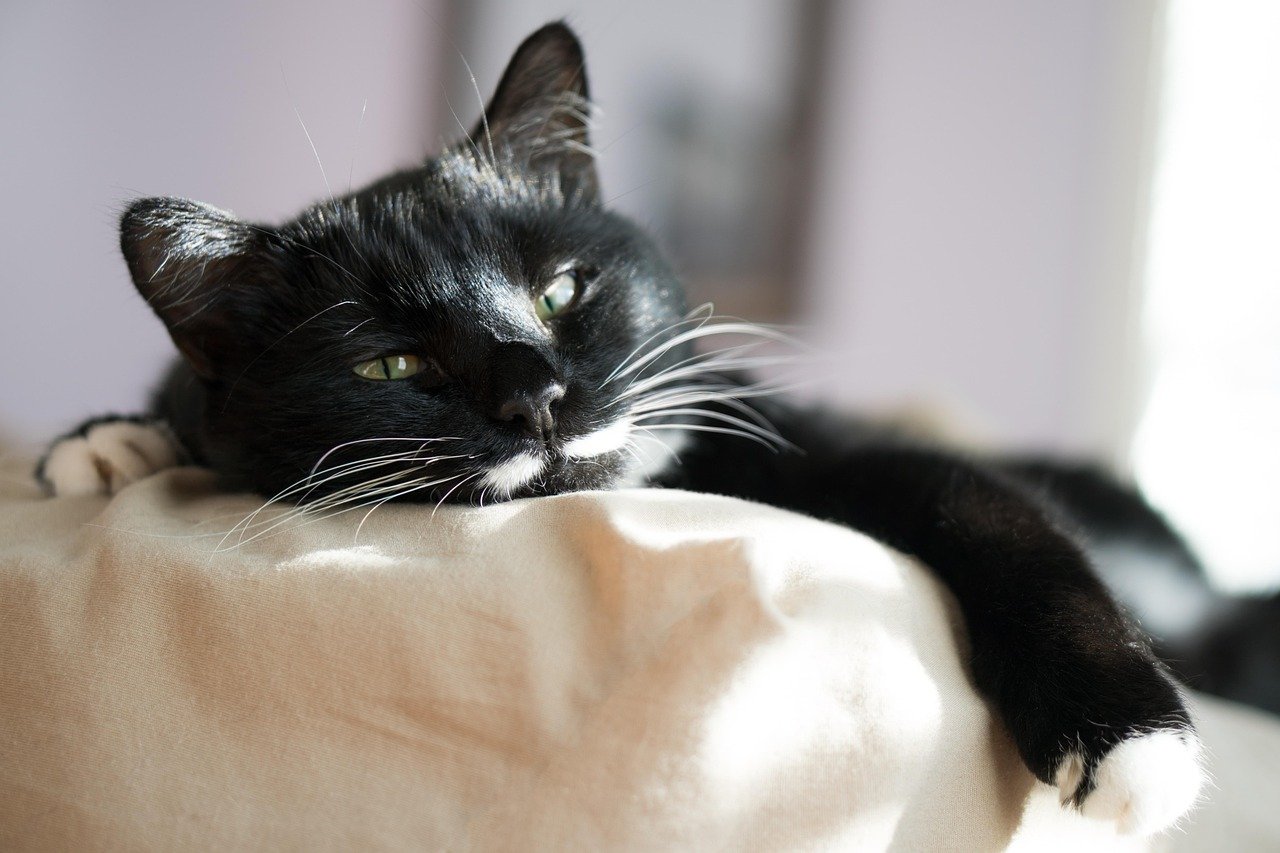
A cat-friendly environment is one where your feline can feel safe to explore and relax. This includes having cozy spots for them to rest, high perches to observe their surroundings, and scratching posts to maintain their claws. Cats need to feel they have control over their territory, so ensure they have spaces they can claim as their own. This sense of security can lead to a more affectionate and relaxed cat.
Grooming as a Bonding Activity
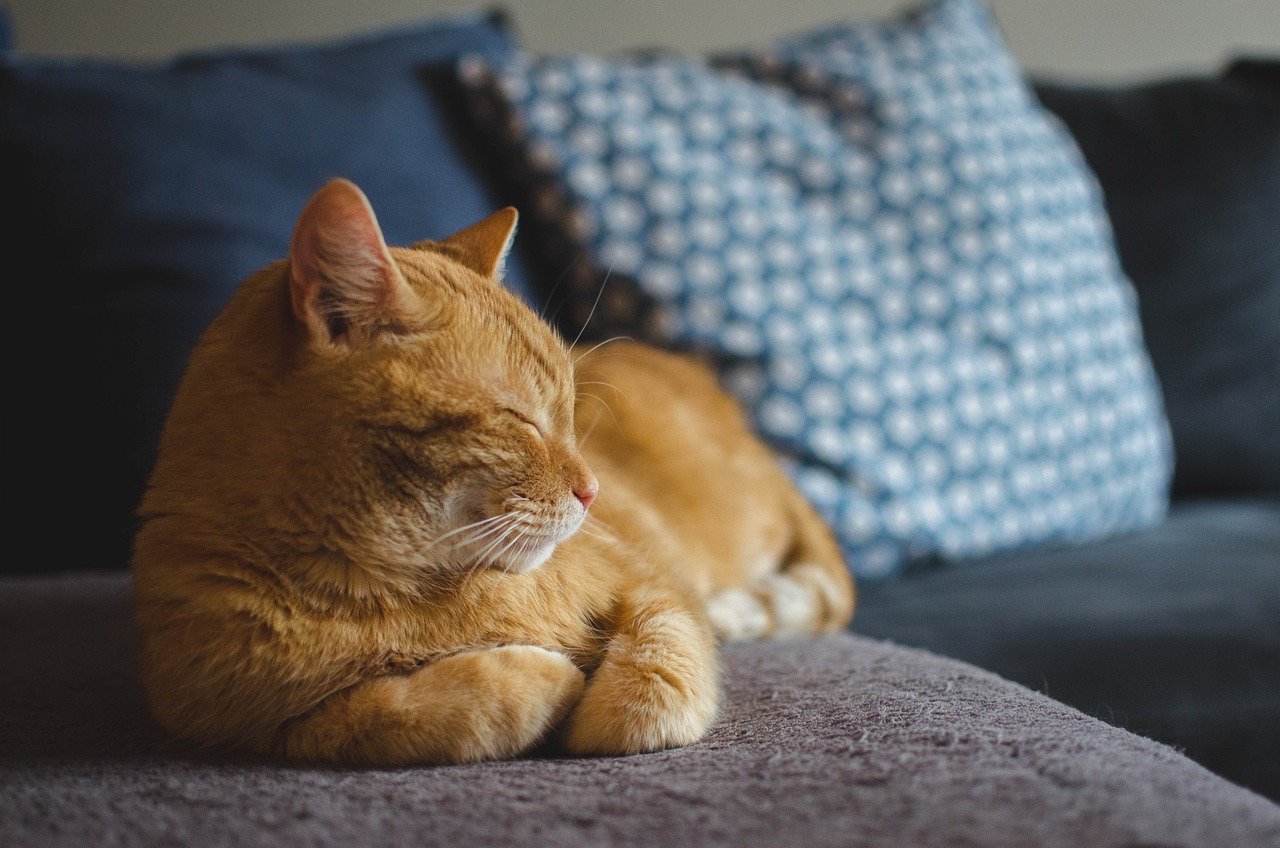
Grooming your cat can be a deeply bonding activity. Regular brushing not only helps keep their coat healthy but also shows them a level of care that can increase their affection towards you. Start with short sessions and gradually increase the time as they get used to it. Pay attention to your cat’s body language; if they seem uncomfortable, take a break and try again later. Over time, they will come to appreciate this special time with you.
Respect Their Personal Space
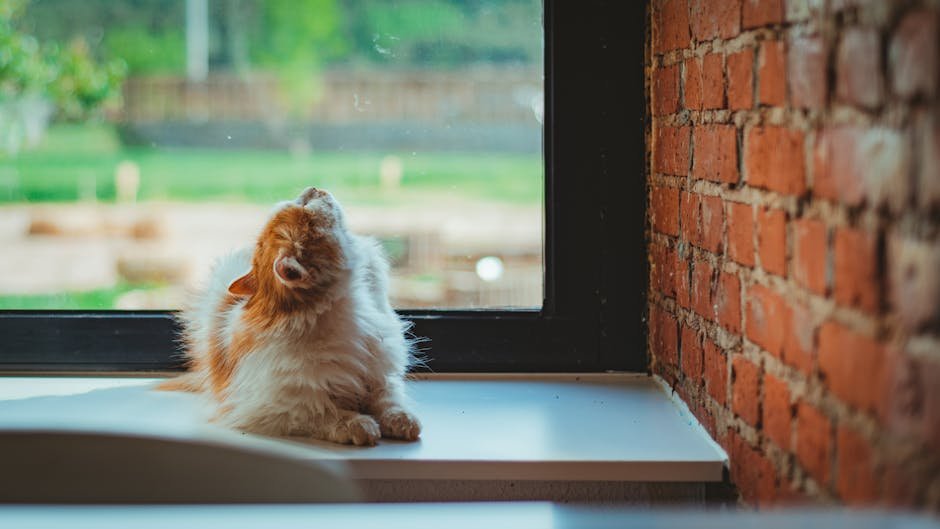
Just like people, cats need their personal space. Recognizing when your cat wants to be left alone is crucial. Forcing affection when they’re not in the mood can lead to stress and anxiety. Instead, let them come to you when they’re ready. When they do, reward them with gentle petting or a treat. This respect for their boundaries will help build a stronger, more affectionate relationship.
Use Positive Reinforcement
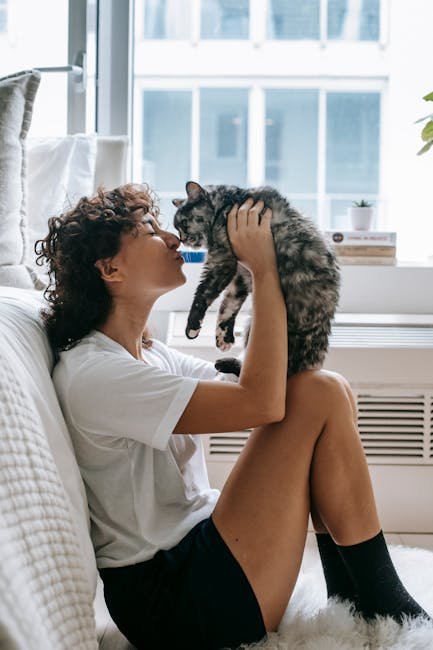
Positive reinforcement is a powerful tool in encouraging affectionate behavior. Reward your cat with treats, praise, or petting when they exhibit positive behaviors like coming to you, purring, or nuzzling. This teaches them that these behaviors result in rewards, making them more likely to repeat them. Be consistent with your rewards to reinforce these behaviors over time.
Communicate Through Body Language
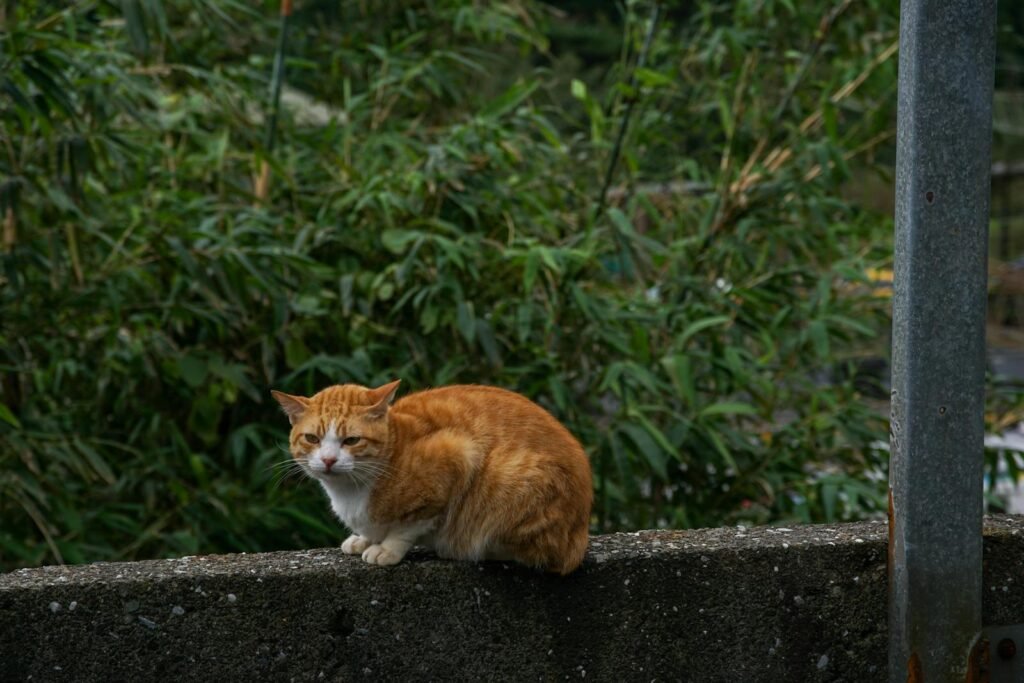
Cats communicate a lot through body language. Learn to read their signals, such as tail position, ear movements, and vocalizations. A cat with a raised tail and relaxed ears is likely happy and open to interaction. Understanding these cues can help you respond appropriately, strengthening your bond. Remember, communication is a two-way street; being attuned to your cat’s signals can foster a deeper connection.
Provide Mental Stimulation
Mental stimulation is just as important as physical exercise for cats. Puzzle feeders, interactive toys, and even teaching simple tricks can keep their minds sharp. A mentally stimulated cat is less likely to become bored and more likely to seek interaction with you. This kind of enrichment can enhance their quality of life and make them more affectionate companions.
Spend Quality Time Together
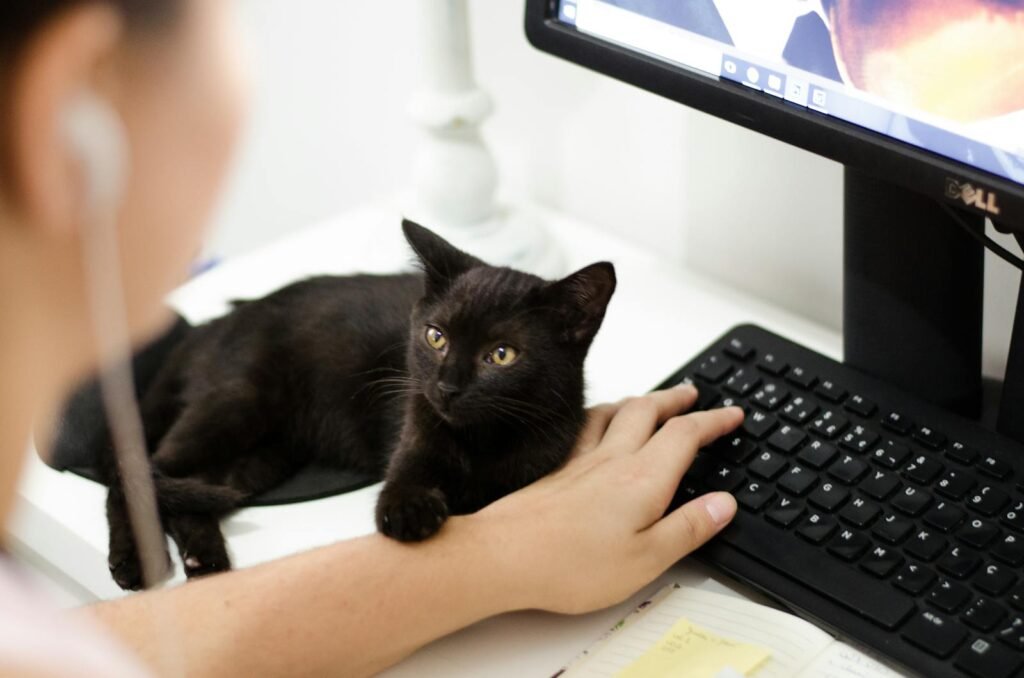
Finally, spend quality time with your cat. This doesn’t always mean active play; sometimes, just sitting together while you read or watch TV can be enough. Cats enjoy being around their humans, and these quiet moments can build trust and affection. Regularly setting aside time to just be with your cat can make a significant difference in your relationship.
In conclusion, creating a cat-friendly routine that encourages affection requires understanding and meeting your cat’s needs. By establishing a consistent routine, providing enrichment, and respecting their boundaries, you can foster a loving and affectionate bond with your feline friend.

Linnea is a born and bred Swede but spends as much time as possible in Cape Town, South Africa. This is mainly due to Cape Town’s extraordinary scenery, wildlife, and atmosphere (in other words, because Cape Town is heaven on earth.) That being said, Sweden’s majestic forests forever hold a special place in her heart. Linnea spends as much time as she can close to the ocean collecting sea shells or in the park admiring puppies.






